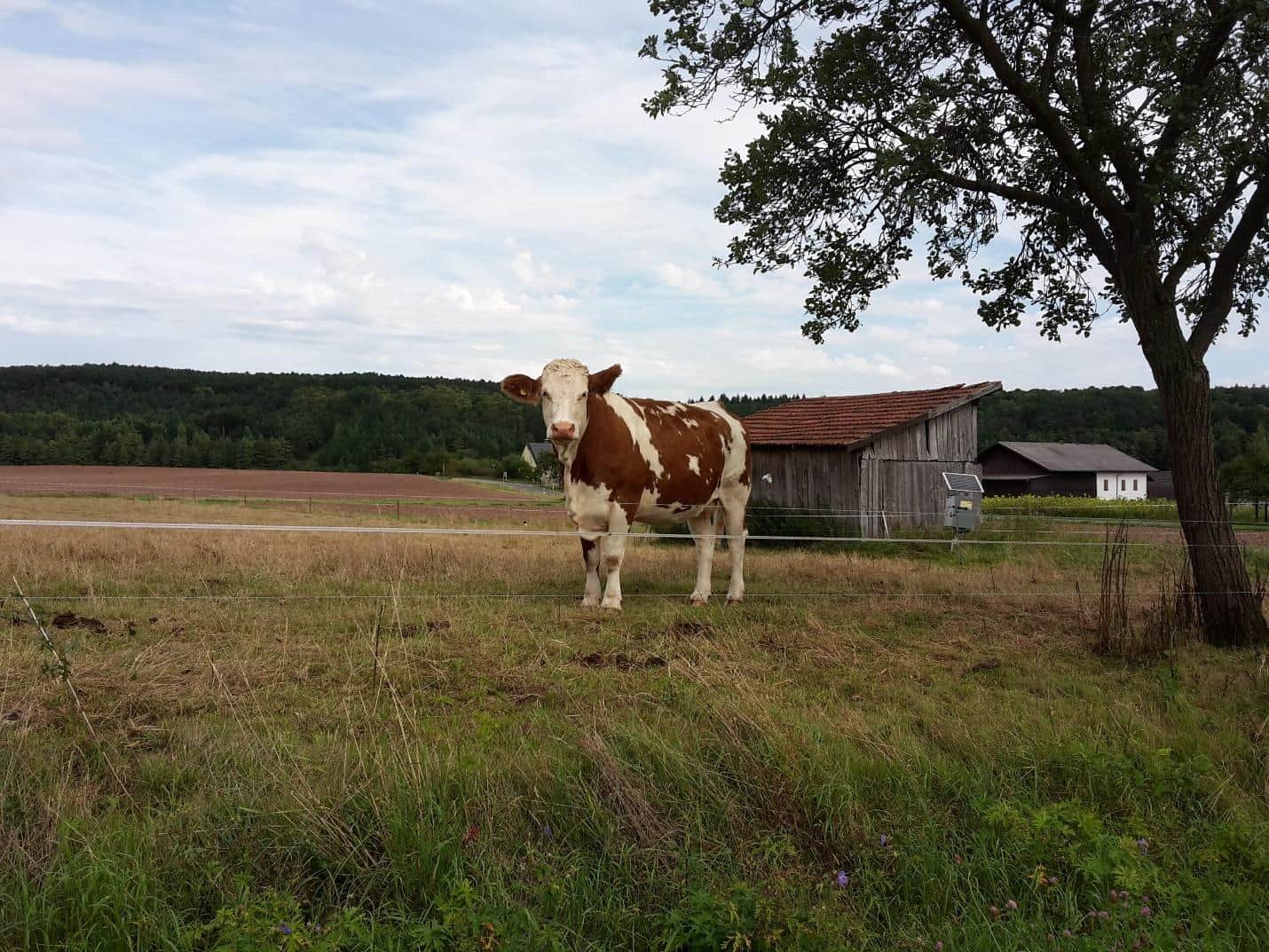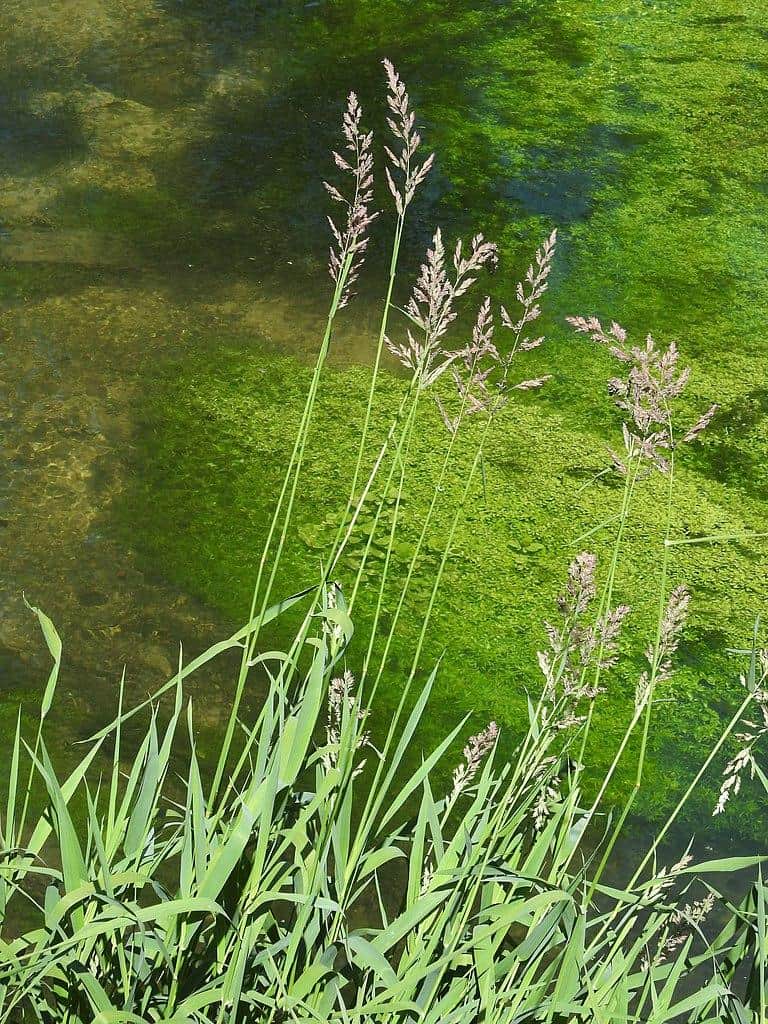We know that perennial ryegrass is one of the most popular pasture choices for dairy cows.
It has a high nutritive value and helps in high-quality milk production too. It is valued for its high growth and its ability to provide quality feed in both winter and spring.
But, did you know that there are little things that you can do that will go on a long way to make your perennial ryegrass much more productive?
Why choose perennial pastures?
The main perennial pasture grasses sown in Australia are perennial ryegrass, phalaris, tall fescue and cocksfoot.
Improving perennial pastures can increase your livestock production by up to 150% compared with annual pastures.
They’re also 300% more productive when compared to native pastures. Certain perennial species like lotus and sulla can also help reduce methane emissions from livestock.
When compared to annual species, perennial species maintain a higher level of ground cover throughout the year, thus reducing soil erosion and weed establishment.
They also reduce waterlogging, dryland salinity, soil acidification and nutrient loss that happens through run-off.
They’re a great asset to a pasture as they help extend the growing season which reduces dependency on supplements while increasing production options in livestock.
If you’re looking at the long-term, it’s a very profitable activity given that it helps increase stocking rate, productivity, provides resilience during changing climates and seasons.
Perennial persistence
Persistence means the continuous yield of sown ryegrass over years. But persistence depends on a huge number of factors like management, climate, pests, cultivars and endophytes.
What affects the persistence of perennial ryegrass?
- Dryness during summer
- High temperatures
- Poor soil fertility
- Pests
- Diseases
- Grazing management
- Plant genetics
- Endophytes
Usually, when two or three of these factors join forces, it harms the pasture and it gets damaged. For instance, if a pest attack combines with low soil fertility and dry summers – it could be detrimental to the health of the pasture.
Perennial ryegrass has three main tricks up its sleeve to survive the summers:
- They have tillers that remain vegetative throughout the summer
- They have tillers that flower and produce buds that survive after the main tiller dies
- The seeds produced in summer germinate and grow into new plants after autumn
It’s these survival mechanisms that have allowed science to come up with new and interesting ways to prolong the persistence and productivity of perennial ryegrass.
Allow ryegrass to flower:
The persistence of perennial ryegrass, also known as its ability to survive from season to season, can be improved by allowing the plant to flower.
Tillers that have flowered produce twenty-five times more new tillers compared with tillers that remain vegetative over summer and autumn. Also, new tillers produced from tillers that have flowered can survive longer than tillers produced at any other time of the year.
Allow ryegrass to set seed:
If you allow ryegrass seed heads to mature over summer and drop seeds, the density of the perennial ryegrass stand can be increased.
The seeds, in turn, will germinate after the autumn rains. When you allow ryegrass to develop seed heads, it provides dry standing feed for your livestock from summer to autumn.
Farm system:
Achieving ryegrass persistence needs to start from the grassroots (literally!) which means you need to match your farm’s objectives with the climate, soil, animals, etc.
This means that decisions relating to stocking rate, calving dates, use of supplements, etc. have to be taken following your farm’s overall environment.
Okay, let’s give you an example – supposing you are having a particularly dry summer, you could exercise certain practices to reduce the demand for feed like grazing off-farm or once-a-day-milking and increase feed supply by way of supplements or summer crops.

Species:
The type of ryegrass you choose has to suit your farm’s environment. If you live in an area with low rainfall (below 400 mm) and no irrigation, then lucerne, cocksfoot, or pasture brome will serve your purpose.
The fertility of the soil:
Optimum soil N, P, K and S and soil pH essential are very essential for soil fertility. You can use N fertiliser either in late spring or early summer to increase your pasture cover and help protect post-grazing residuals that get left behind in summer.
Summer crops:
Use summer crops to provide a feed that can help compensate for reduced summer ryegrass growth in dry conditions. This supply of increased feed will prevent the cows from overgrazing, thereby improving persistence in your perennial ryegrass pasture.
Grazing management:
Like the example we gave you before, overgrazing combined with low soil fertility and dry conditions – in fact, any three factors together is all it takes to cause serious damage. Good grazing management including adequate rest and recovery for your pastures will help improve persistence to a huge extent.
Pasture establishment:
Establishment influences persistence. If you control your weeds, create a good seedbed and exercise wonderful management over the first 12 months when you’re setting up your new strong and healthy pasture – it will be able to withstand all the unforeseen conditions thrown at it and persist!
Management through the seasons:
Spring – For perennial ryegrass, spring is one of the most crucial times. This is because plants can go through stress as they slowly shift from vegetative state to reproductive state and then back to vegetative again.
Summer – Dry summers could destroy perennial pastures. And when these dry periods get extended, it gets worse. Your focus during summers should be to maintain a strong pasture that will regrow once the rain falls. The main thing that should be avoided is overgrazing as it can kill plants and lead to a weed takeover.
Autumn – This is the time when pastures are given the time to recover after extended dry months. Grazing should be done only when the plants have produced 2.5-3 leaves per tiller. If grazing is done before this stage, it will weaken and kill pastures that are on the road to recovery.
Like we always say, there isn’t a one-size-fits-all solution when it comes to pasture management. Pasture maintenance is as much an art as it is a science, and we’re so proud of all the great work you’ve been doing which has resulted in Australia’s immensely strong dairy industry.
Pasture species selection depends on the environment your farm thrives in. For instance, use tall fescue in areas where waterlogging is severe.
Or grow phalaris if you want to raise your stocking rate and ensure that your pasture is fully utilised. On heavy pastures that have experienced poor rainfall, phalaris paddocks help reduce the amount of pasture that would need re-sowing.

Okay, so you’ve followed all these tips, and you feel they have worked out well for your pastures. But how do you know that you’re on the right track?
Follow this checklist below and evaluate your perennial ryegrass pasture based on these points:
- Your pasture has 40% legume content and 40% - 60% perennial grasses during the peak growing season
- You have a ground cover of more than 70% throughout the year
- You have at least 1500 kg of dry matter per hectare during autumn break
- Your pasture has at least 15 to 12 perennial plants per metre square
- If you have a newly sown perennial pasture, then it should have at least 50 desirable perennial plants per metre square
- You’re utilising your pasture to the fullest – grazing is even, there is enough DM content and your species composition is on point!
- Your soil test results have come out great and your soil fertility is optimum
We hope that you found this useful. If so, you might also enjoy reading our free guide on perennial ryegrass pastures.
- The Dedicated Team of Pasture.io, 2020-11-30